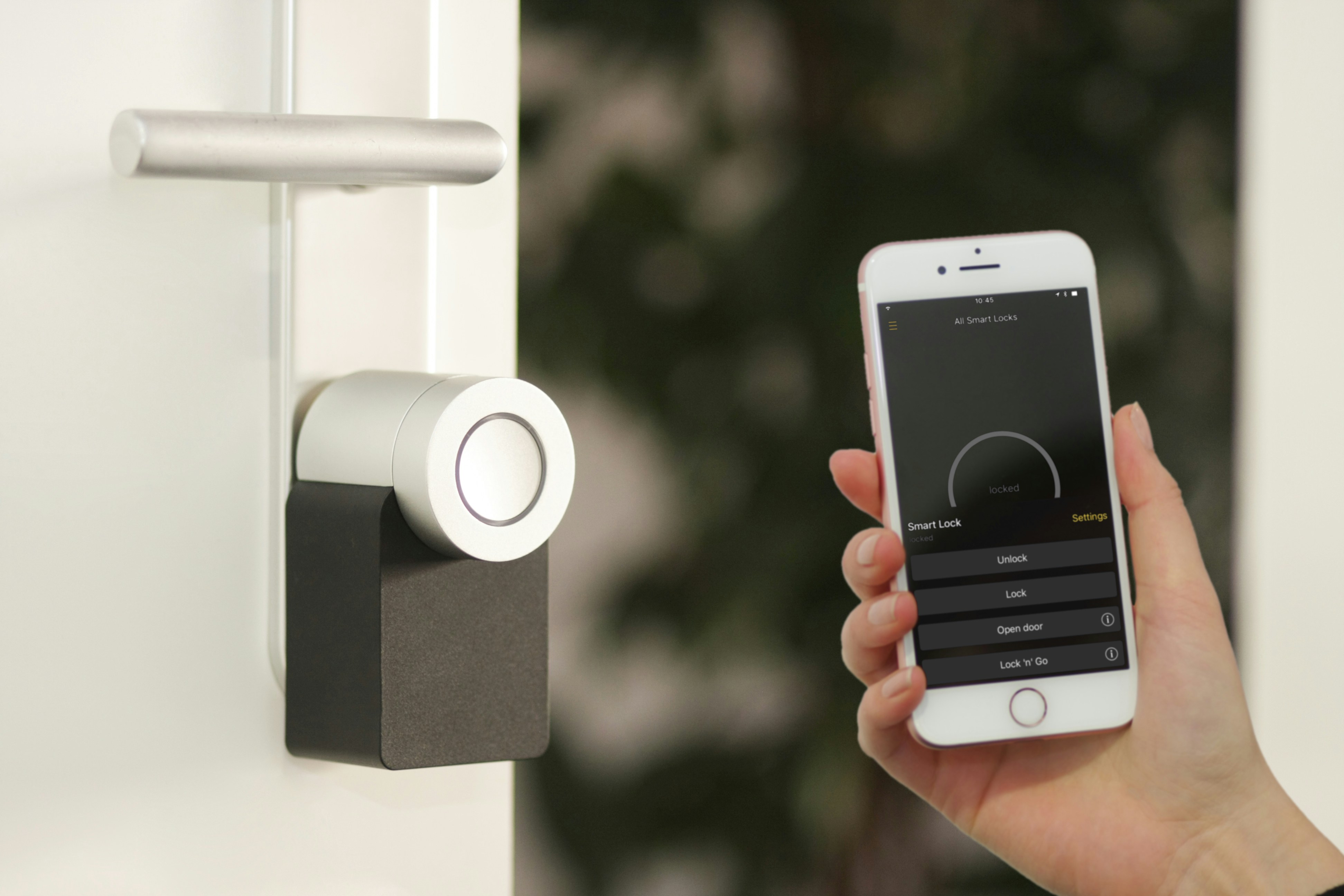Comparing Smart Home Systems: Apple HomeKit, Amazon Alexa/Echo, and Google Nest
As smart home technology continues to evolve, three major ecosystems dominate the market: Apple HomeKit, Amazon Alexa/Echo, and Google Nest. Each offers unique features, strengths, and potential drawbacks. If you’re considering building or expanding a smart home, understanding the differences between these platforms can help you make an informed decision.
Apple HomeKit: Best for Privacy and Apple Ecosystem Users
Apple’s HomeKit is ideal for users already invested in the Apple ecosystem. It integrates seamlessly with iPhones, iPads, Apple Watches, and Macs, allowing users to control smart devices through the Home app or via Siri.
Pros:
- Strong Privacy and Security: HomeKit is designed with a privacy-first approach, utilizing end-to-end encryption and local device processing for many tasks.
- Seamless Apple Integration: Works flawlessly with Apple devices, including automation through the Shortcuts app.
- Reliable Performance: Apple’s strict certification process ensures that HomeKit-compatible devices meet high standards.
Cons:
- Limited Device Compatibility: Compared to Alexa and Google, HomeKit supports fewer third-party devices.
- Higher Cost: Many HomeKit-compatible devices are more expensive than their Alexa or Google counterparts.
- No Native Smart Speaker with a Screen: While HomePod and HomePod Mini offer Siri voice control, they lack the visual display found in Amazon Echo Show or Google Nest Hub.
Amazon Alexa/Echo: Best for Voice Control and Smart Home Integration
Amazon’s Alexa is one of the most popular smart home assistants, known for its wide range of compatible devices and excellent voice recognition capabilities.
Pros:
- Broad Device Compatibility: Works with thousands of smart home products from various brands.
- Affordable Options: Amazon offers budget-friendly smart speakers and displays, making it easy to start a smart home setup.
- Advanced Voice Control: Alexa excels in voice recognition, allowing users to control lights, thermostats, and even make purchases with voice commands.
- Routine and Automation Capabilities: Users can create complex routines based on triggers like time, location, or device status.
Cons:
- Privacy Concerns: Amazon collects voice data and other user interactions, which raises privacy concerns for some users.
- Ad-Supported Features: Some Alexa services include advertisements or promotional content.
- Dependency on Internet: Alexa requires an active internet connection for most smart home functions.
Google Nest: Best for AI and Google Ecosystem Integration
Google Nest (formerly Google Home) is a strong contender, offering deep integration with Google services and impressive AI capabilities through Google Assistant.
Pros:
- Excellent AI and Voice Recognition: Google Assistant is one of the most advanced voice assistants, offering natural language processing and contextual responses.
- Great for Google Users: Works seamlessly with Google services like Gmail, Calendar, and Google Photos.
- Visual Interface: The Nest Hub series provides touchscreen displays for controlling devices, viewing security camera feeds, and more.
- Wide Device Compatibility: Supports many smart home brands and products.
Cons:
- Privacy Concerns: Google collects data from user interactions, which may be a concern for privacy-conscious users.
- Limited Apple Integration: While it supports some Apple services, it does not integrate as smoothly as HomeKit does with Apple devices.
- Occasional Automation Limitations: While Google Assistant is powerful, its automation capabilities are sometimes less flexible than Alexa’s routines.
Which Smart Home System is Right for You?
The best smart home system depends on your specific needs:
- Choose Apple HomeKit if you prioritize privacy and are deeply invested in Apple devices.
- Choose Amazon Alexa if you want the widest device compatibility and the best voice control features.
- Choose Google Nest if you prefer advanced AI features and seamless integration with Google services.
Ultimately, many smart home devices now support multiple ecosystems, allowing you to mix and match depending on your preferences. As smart home technology evolves, interoperability through emerging standards like Matter may further bridge the gaps between these ecosystems,

